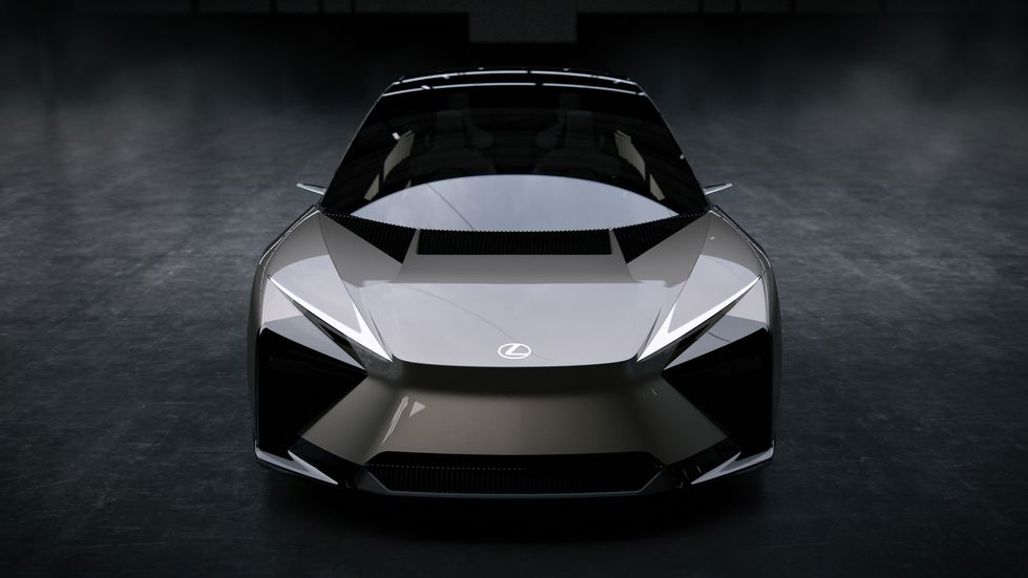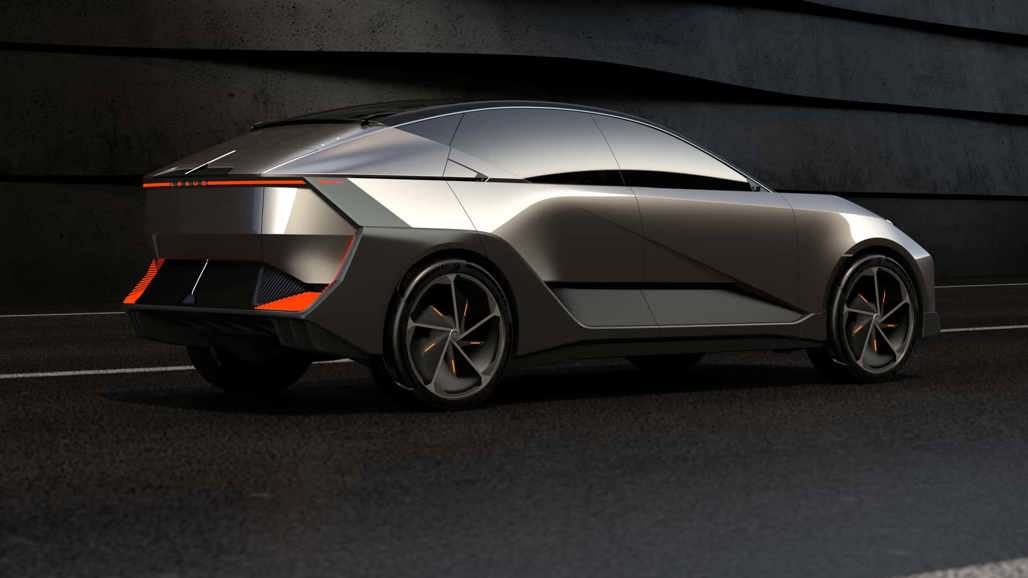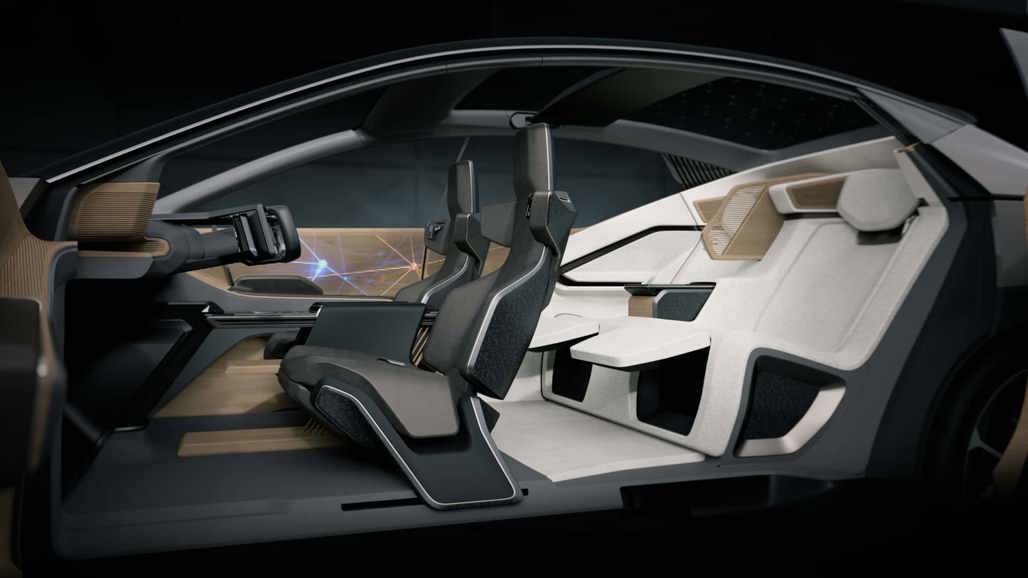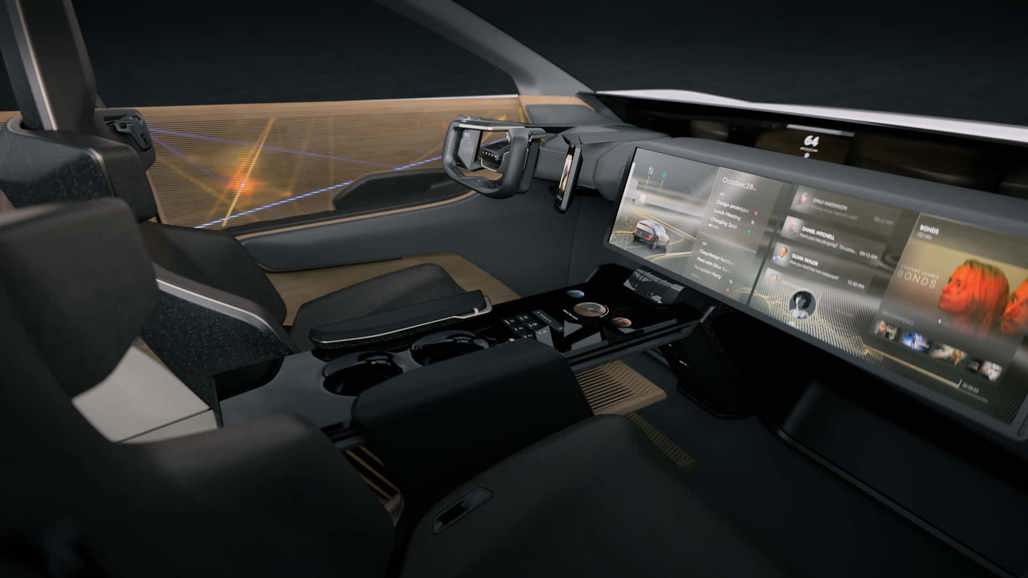Lexus is poised to revolutionise its vehicle design aesthetic with the launch of its new electric vehicle (EV) lineup.
Leading the charge is the production version of the striking LF-ZC concept, which promises a dramatic departure from the brand's current design philosophy.
A new era of Lexus design

This shift in design direction is pegged to be as significant as the introduction of the iconic spindle grille in 2011, according to Lexus' global design boss Simon Humphries. "We wanted to give Lexus character," Humphries remarked, reflecting on the success of the spindle grille.
The new design language aims to be just as expressive and distinctive, catering to customers seeking something bold and unique.

The LF-ZC and LF-ZL concepts offer a glimpse into Lexus' electrified future. These radical designs, enabled by a new platform and prismatic battery cells, showcase the brand's ability to reimagine the traditional proportions and shapes of sedans and SUVs.
Lexus' use of slimmer battery modules not only contributes to a lower centre of gravity and improved handling but also allows for a lower beltline and a more expansive interior.
Pushing boundaries

Humphries emphasised the brand's commitment to challenging conventions, stating, "The whole point of the Lexus brand from the very beginning has always been to challenge what was considered the de facto standard of the time."
The LF-ZC concept embodies this spirit, with its massive front windscreen extending further forward than most cars and a focus on aerodynamics, targeting a drag coefficient of less than 0.2.

Lexus' forthcoming models, including the production version of the LF-ZL electric SUV concept, will be crafted at a new design centre in Japan, are set to usher in a new era for the brand.
With a focus on electrification and a radical new design language, Lexus is poised to make a bold statement in the automotive world. As Humphries aptly put it, "Challenging is the right thing to do."





























